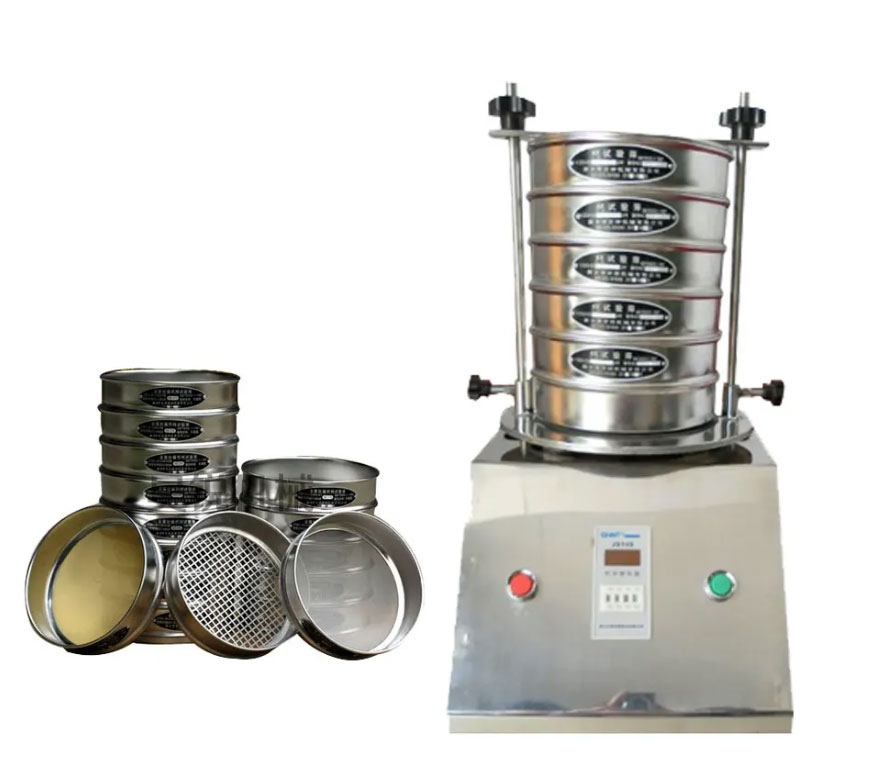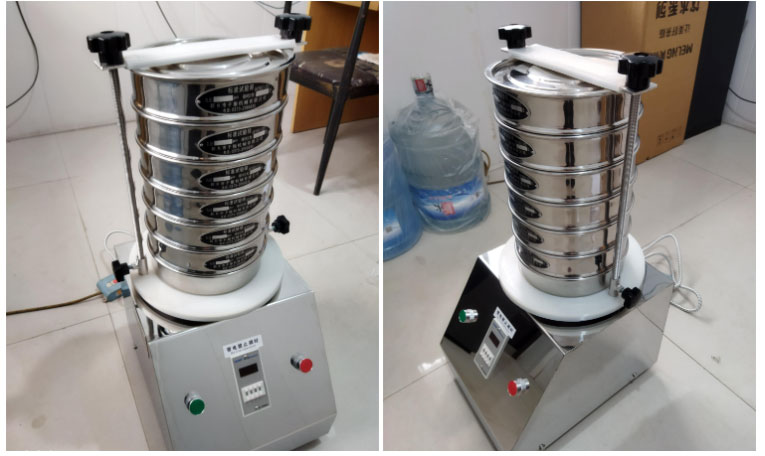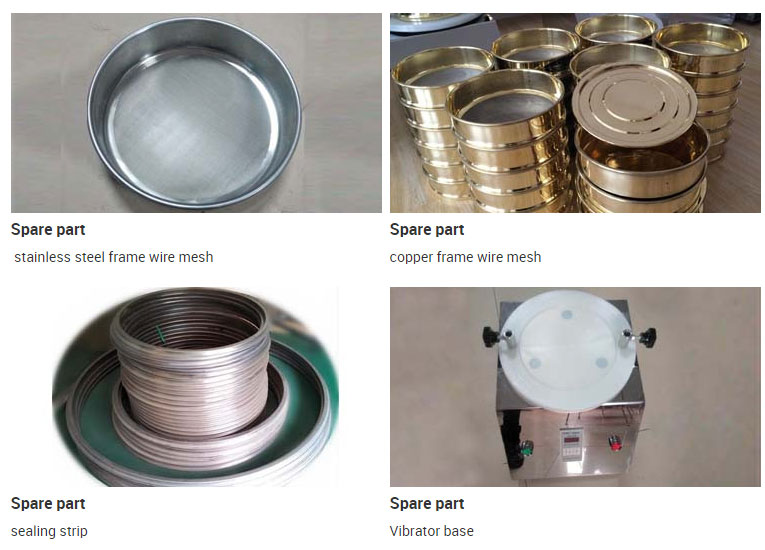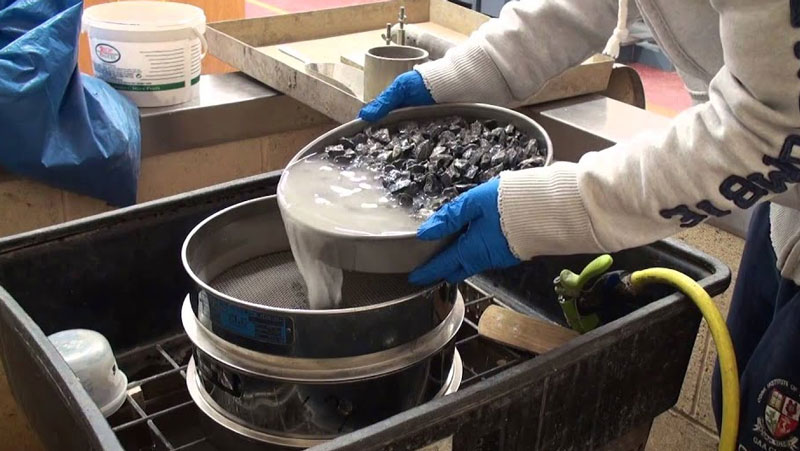Test sieves are used to test dry materials, but sometimes your material is too difficult to dry sieve to produce the results you need. In these cases, wet sieving is an ideal option.

Wet screening should only be performed on the following materials:

1. Insoluble in water
2. Unaffected by water: for example, expanding solids do not work
3. Remains unchanged at temperatures up to 230°F (110°C)
Typical Applications of Wet Sieving
Wet sieving is suitable for samples with high levels of particulate material and sufficient fines content to make sieving difficult, including:

1. Soil and minerals with high fine particle content
2. Sludge and glaze
2. Lightweight powder
3. Aggregates such as sieve, gravel and crushed stone
4. Particles in pharmaceutical preparations
5. Separation of solid particles from liquid suspensions and determination of particle size distribution of solids

Wet sieving is more efficient than dry sieving because the liquid medium helps to break down and separate particles that are tightly packed together. The liquid medium also helps to lift and carry away smaller particles that would otherwise be trapped in the sieve mesh. itionally, wet sieving can be used to separate particles based on their density or buoyancy, which is not possible with dry sieving.

Address:China,Yanjin county forest park gate to the west 1000 meters north road.